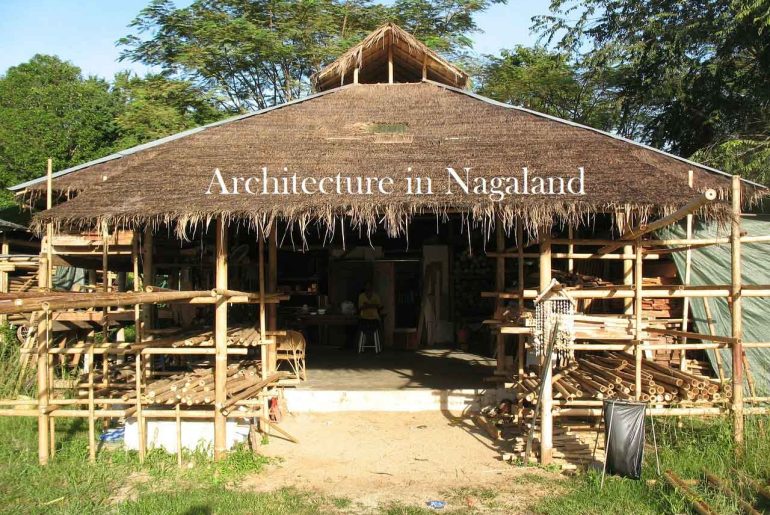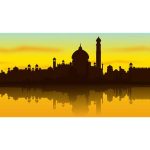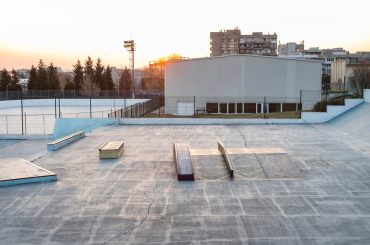India is a country of cocktail traditions and culture scattered among the nation, if we look around India we find many wonders and get amazed by nature and people along with foods, but can you imagine an entire state full of adventures and mysteries, Nagaland welcomes you with its tradition and adventures.
From tattoos to keeping skulls in the living room may be seen as a creepy thing in Nagaland, but the stories which are behind every single thing they carry, and the history which tells us beautiful tales to listen to is a never-ending imagination that you can come across below.
Even in the present day, we can see many people live in traditional lifestyle ways and the architecture also represents the way they live and live, as one of the seven sisters of northeastern India, Nagaland presents most in a hilly region and most people are hill dwellers.

If you think about the peoples of Nagaland, about sixteen official tribes such as Angamies, Tangas, and Chakesangs are living in the Nagaland state of India which is the highest tribal living population in India, with agriculture as the major economic element with animal husbandry and weaving Nagaland still stands as one of rich state in their tradition and rich ethnic cultural values.
The culture and tradition of Nagaland
Unlike other Indian states, Nagaland has its own tradition, some of the horrifying histories will make us even shiver.
Headhunting is one of the major traditional ways of solving problems between tribal communities, the so-called Koyanks are well-skilled head hunters and they practiced headhunting till 1960, the head hunters fight with a long-handed hunting knife, and after killing the opponent Koyanks bring the skull back as their trophy and hung it in their walls.
Even today most of the animal skulls are being hung in front of the houses in Nagaland’s remote village.
The Architecture of Nagaland
Nagaland has its own architectural style and follows vernacular architecture which suits its region, as being in the hill region they built houses that help them to sustain the cold.
Most of the houses are built with the help of bamboo, thatch, and wood, as we know vernacular architecture uses the available materials around the region.

Being in the hilly region is a competitive task during the rainy season and at times of earthquakes, peoples of Nagaland have an artistic sense by nature and they even built houses to protect themselves from all forms of natural calamities.
When it comes to architecture and style, the people(tribes) of Nagaland follow only two major patterns building houses as a group and scattering with a fence.
The Sema Architecture
Nagaland people are so connected with nature from birth to the end of the beautiful life they live, with forests, mountains, and animals they always live a happy life with nature, even the house they build is completely natural in the type of vernacular architecture, they use bamboos, timber, thatch to build houses, the Sema architecture is only followed in the state of Nagaland and some places of Assam and Myanmar.
Sema architecture is built in a rectangle shape with a broader beginning and lessen end, a high rooftop in the entrance is the approach method by the Naga tribes and a sloping roof made of thatch helps them to keep warm inside the house to beat the cold and also helped them in the rainy season by allowing the water to flow rather than staying in the roof.
As cold is a very common thing in hill regions, the Naga people used to place the cooking fire in the center of the house to keep the house warm all the time, how can they think such an artistic and also advanced with the resources available within.
The Sema interior
The Interior may be for modern architecture but the tribes of Nagaland followed the interior designs from ancient days:
The Akishekhoh: or front room where the rice pounding tables were kept.
The Abidelabo: a narrow room between the Akishekhoh and the Amiphokiboh (hearth room) where the unmarried girls of the household sleep.
The Akuzu-Abo: where the head of the family (father) and his wife sleep.
The Azhi-Bo: the liquor room where rice beer is stored in bamboo jugs.
Koyank Architecture is another important thing to notice while reading about the architecture of Nagaland, Koyank is one of the very important tribal communities around the Naga people and is also famous for their bravery and headhunting skills.
Koyank builds their houses similar to the Sema architecture but bigger when compared to the normal Sema architecture, Koyank people also use skulls to design their houses to their bravery.
When speaking about the Sema architecture, naga tribes don’t usually have windows in their home rather they have a small rear veranda called Machang to enjoy nature from inside the house, mostly in the rainy season to feel the smell of petrichor, of all the wonders of peoples of Nagaland being connected with nature, is heartwarming one to consider.
The Naga Heritage Village and Art Craft
After knowing and wondering about the lifestyle and architecture of Nagaland and its people, something is too mesmerizing to look at, the naga heritage village, a place where we can feel the heaven of tradition and explore the artistry of Nagaland.
The Naga heritage village is nomenclature to keep the tradition and culture of Nagaland securely and to teach the next generation the life of their ancestors and to make people jealous of them.
Every year the first week of December, all the magic and lights along with people of different tribal communities in Nagaland unite in the so-called heritage village(Kisama) near Kohima, to revive and protect the rich tradition and culture of Nagaland and to display the tradition to the people of the world. You can expect naga foods, traditional dances, wood arts and crafts, and architectural homes in the heritage village.
The Naga Art and Crafts
Apart from all the architecture Nagaland is a place of art and craft, like the soul and body we cannot even imagine separating the art and craft from the Naga people, and each of the crafts represents a symbol of nature and accordance.
Textile is another wonder in Naga, specifically the Naga shawls, each tribal community in Nagaland wears different kinds of shawls and they also follow certain rules in wearing shawls, head hunting warriors wear shawl made of 96 designs called Rongkhim shawl, while some other warriors wear a shawl with about 64 designs.
The design of textiles is of nature and each represents the connection with nature, The reoccurring motives of Naga textiles, especially shawls are some geometric patterns and some everyday objects like Mithun, elephants, tigers, human heads, weapons, etc. Mithun symbolizes the wealth of the owner, elephants, and tigers indicate the valor of the man, and human heads indicate success in headhunting wars. Again, in a Naga society, cowries are symbols of martial achievements and no ordinary man is allowed to use them in their attire.
The productivity mind of the Nagaland people can be found in the crafts they made from bamboo, cane, and wood, some of the popular crafts made of wood and other available natural resources are baskets, hats, armlets, necklaces, mats, shields, and other decorative items.
Conclusion
Like the smell of petrichor in between the long summer days, the architecture, culture, and lifestyle along with the art and crafts of Nagaland must make you light in the heart field and give a thirst to travel and explore nature and the lives of people in Nagaland, even in the modern world with advanced technology, some people at the northeastern corner of India holds the value of life and nature along, apart from all the amazing things, the longevity of the culture and tradition does matters and holds our identity and display our life to the world, do respect those who hold the value and lives by it.






